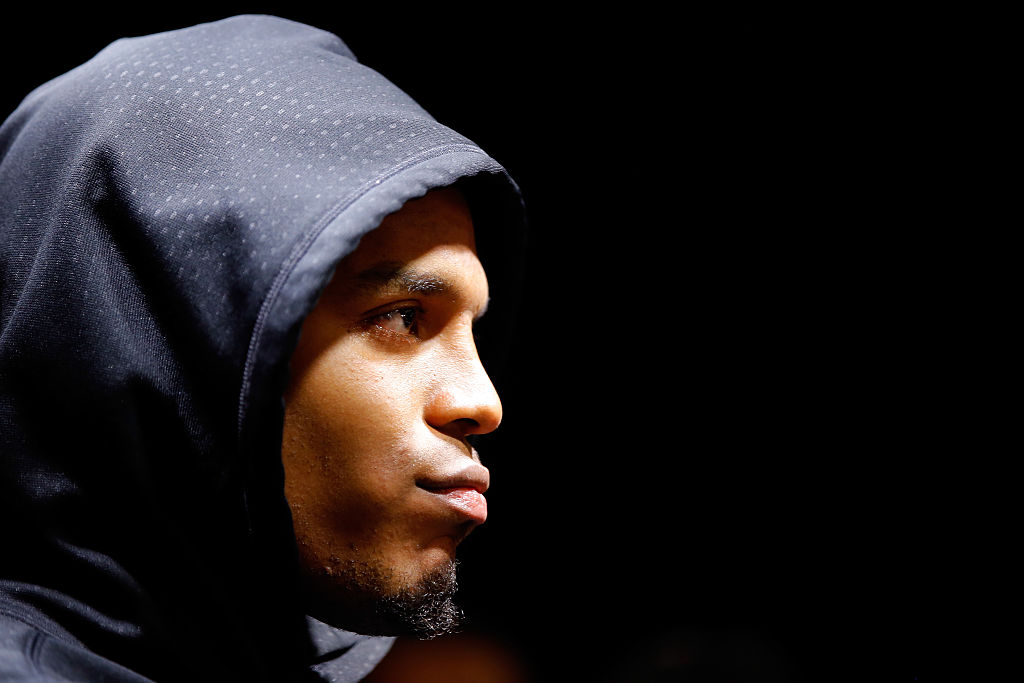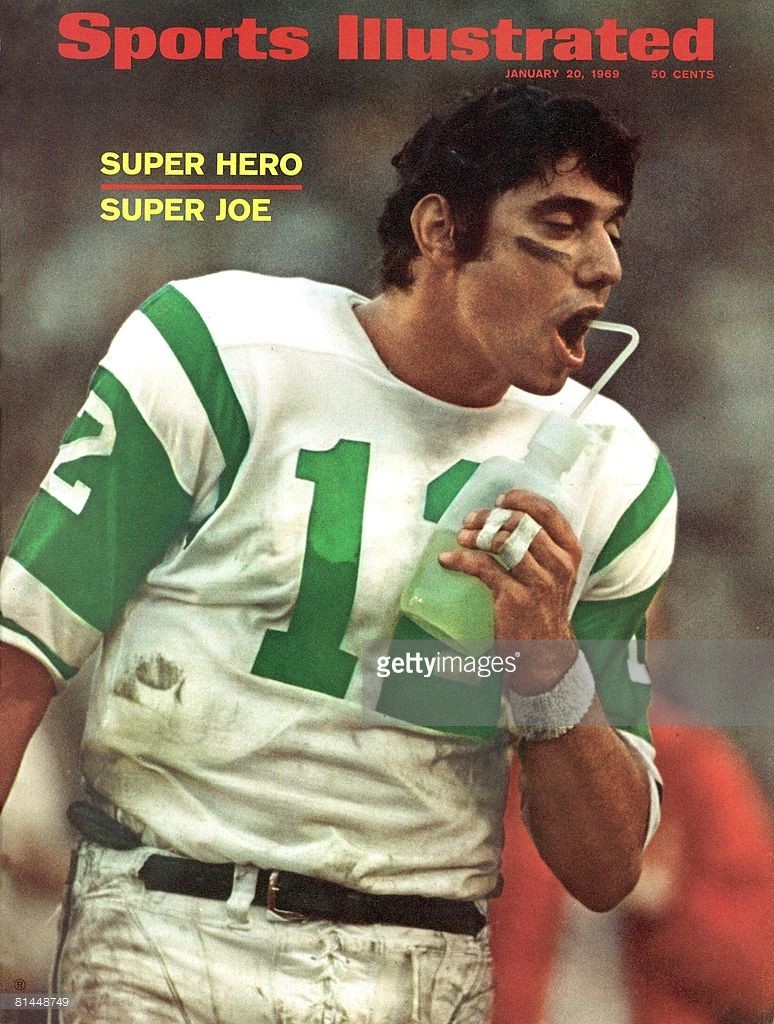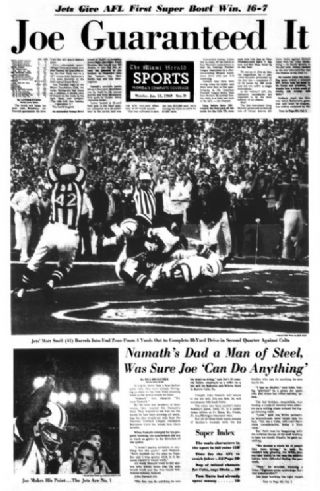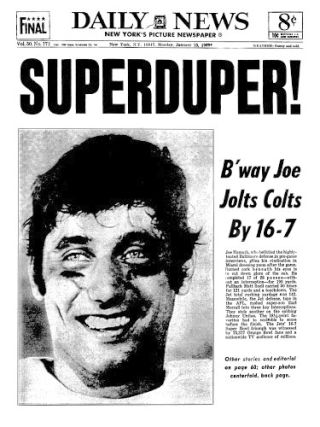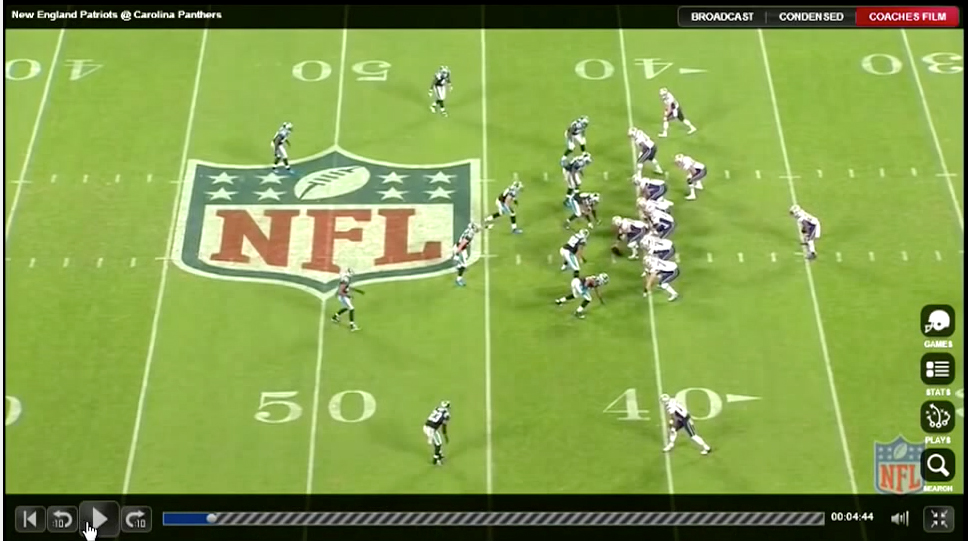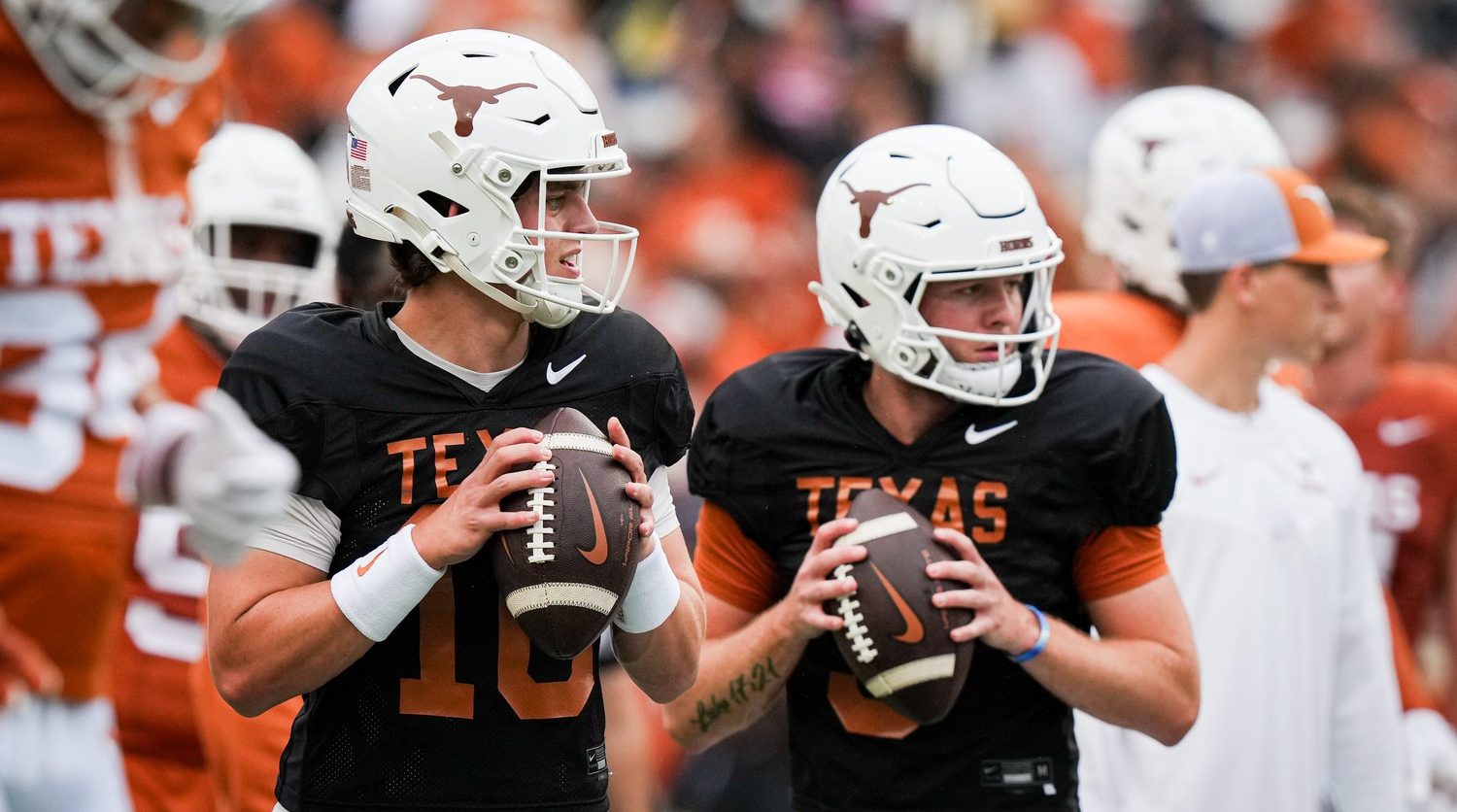“Sports’ ‘nuts and bolts’ can’t entertain alone,” Ty Duffy recently wrote for The Big Lead, and he’s absolutely right.
The headlines and storylines coming out of an objectively boring Super Bowl 50, as Duffy pointed out, are far more concerned with the social and cultural ramifications of our reaction to Cam Newton’s post-game press conference than any of the plays made on the field.
The incredible season-long run of the league’s top defense, which culminated in a thorough dismantling of the league’s most productive offense? Meh. The incredible individual efforts of MVP Von Miller and would-have-been MVP Kony Ealy? Whatever. “Papa” John Schnatter smooching Peyton Manning under the golden confetti? A1, ABOVE-THE-FOLD NEWS.
“Sports coverage,” Duffy wrote, “has grown more and more like professional wrestling where the contests serve to fuel the narrative instead of the inverse.”
Again, he’s not wrong in his assessment of the state of mass-market sports coverage—except for that bit about “grown more and more.”
Super Bowl 50 was far from the first football game where media puffery was far more memorable. Let’s take one of the most notorious sports ledes ever written, Grantland Rice’s “The Four Horsemen”:
Outlined against a blue-gray October sky, the Four Horsemen rode again. In dramatic lore they are known as Famine, Pestilence, Destruction and Death. These are only aliases. Their real names are Stuhldreher, Miller, Crowley and Layden.
Published in 1924, Rice’s assertion that four college football backs are literally the Scriptural heralds of the end of the world was even more hyperbolic than it reads today—and this was just a gamer column. Most of the story is nothing more than a recounting of the game’s events, wrapped in hyperventilating prose about doom and fate and natural disasters. This column is a foundational text of sports media—but does anybody remember Stuhldreher, Miller, Crowley or Layden? Talk about imposing a narrative!
Super Bowl 50 isn’t even the first to feature a great, physical, low-scoring game where the talk afterwards was all about a quarterback’s quotes and clips.
http://gty.im/493968673
In 1969, almost exactly halfway between Grantland Rice’s column and the death of Grantland, “Broadway” Joe Namath guaranteed his New York Jets would upset the NFL-champion Baltimore Colts in Super Bowl III.
In the runup to the game, all the coverage swirled around the brash young quarterback and his ungentlemanly prediction.
The first quarter was scoreless. In the second quarter, fullback Matt Snell scored the Jets’ only touchdown; Snell would go on to rack up 121 yards on 30 carries that day. Defensive back Randy Beverly snagged two interceptions, and his teammates Jim Hudson and Johnny Sample had one each. Kicker Jim Turner booted three field goals in the third quarter.
Jets head coach Weeb Eubank, a Hall of Famer who’d coached the Colts to back-to-back NFL championships in 1958 and 1959, skippered his 18-point AFL underdogs to a massive upset of his old team.
Namath didn’t even throw a pass in the fourth quarter, but guess who was named MVP—and guess who got all the media attention afterwards:
In fact, the iconic image of Super Bowl III just might be Namath, in all his sweaty glory, holding court with the media:
With the proliferation of Internet hot takes and hyperventilating fake-debate media analysis, yes: watching sports as a morality-driven soap opera is a thing a lot of people do—and a lot of other people can’t get away from, no matter how much they wish they could.
For millions of people, sports is an exercise in tribalism first, escapist entertainment second. Conflating victory with nobility and failure with villainy has always been part and parcel of the grunty, hairy Kabuki theatre we call the NFL.
Until now.
While the Internet is full of mouth-breathing hot-takers pummeling comment sections and social media with their hammy fists, it’s also full of a wealth of football information completely unavailable just a few years before.
For decades, All-22 film was the NFL’s most closely guarded secret. Being able to see half the defense was a privilege reserved only for coaches and a select few television analysts. As The Wall Street Journal wrote in 2011, the league considered these tapes highly confidential, because if we ever saw it we might second-guess the coaches.
Then the league finally realized fans have been second-guessing the coaches for as long as there have been fans, and now anybody with a credit card can pull up the Internet on a Tuesday afternoon and watch the same film their gridiron heroes are reviewing in position-group meetings.
The proliferation of analytics data, from stat-derived metrics like Football Outsiders’ DVOA to Pro Football Focus’ subjective player grades, has led a fan-up football information revolution. Even if 99.9 million of the 100 million fans watching Super Bowl 50 have never accessed any of the smart-football resources available (like SmartFootball.com!) to better understand the game, most of the analysts they’re reading and watching have.
From on-air breakdowns of concepts and terminology, to mid-week frame-by-frame analysis of plays and concepts, there’s never been anywhere near as much insight-driven football analysis as there is right now. Even a decade ago, the best info draftniks could get their hands on in February was a copy of Street & Smith’s and Mel Kiper’s Big Board. Now there’s a grip of media scouts who publish multi-hundred-page tomes, seven-round mocks, even raw film cut-ups of every major prospect.
We’re living in the Golden Age of football information. Analysts have never been better, data and film have never been so widely disseminated and fans have never been smarter. Yes, the white-hat/black-hat star-driven human drama still draws eyeballs and puts butts in the seats—but the hot-take merchants and hot-air windbags have never had less influence on the way we can watch and understand the game.
Let’s just hope that trend continues.

